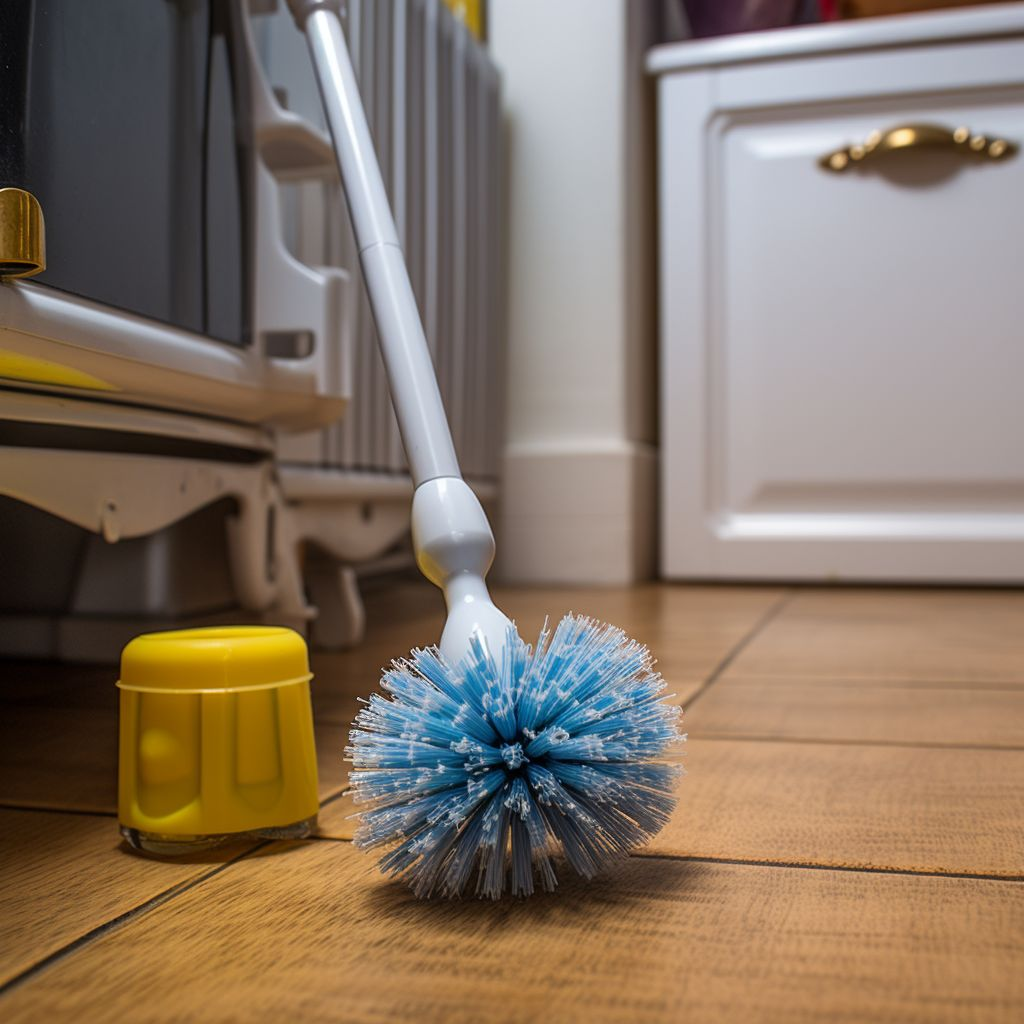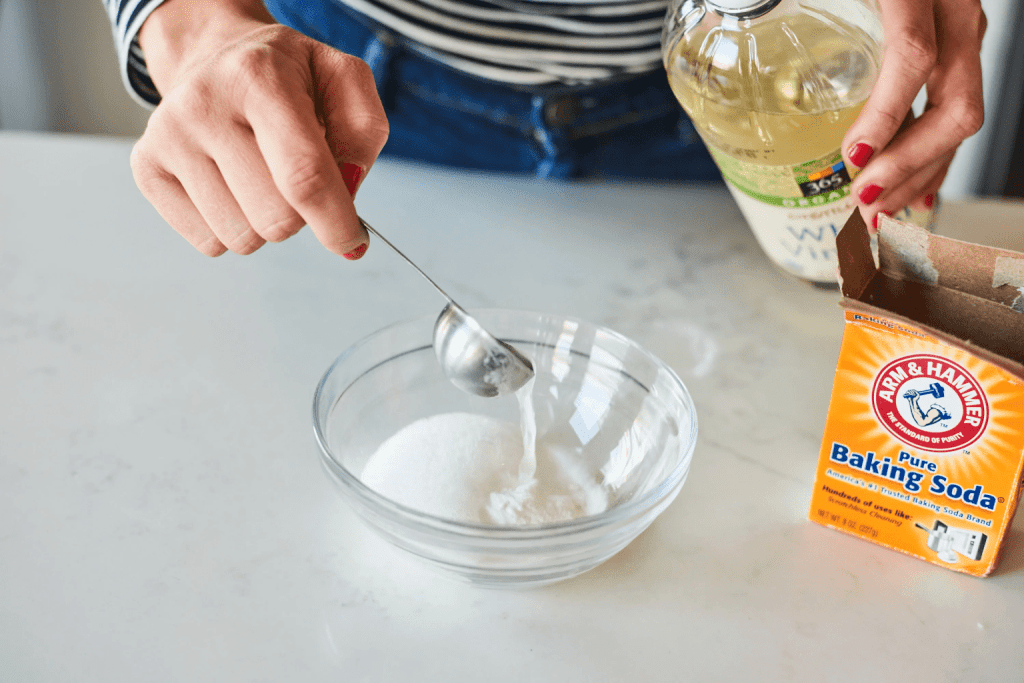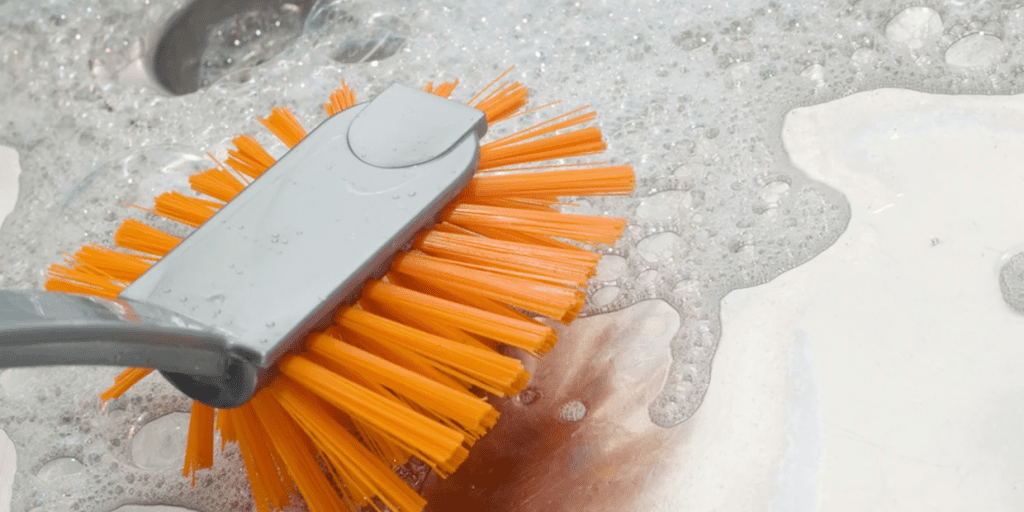When it comes to maintaining a clean and hygienic home, especially in the bathroom, ensuring that cleaning tools themselves are properly sanitized is essential. The toilet brush, a crucial tool for keeping your toilet spotless, can easily become a breeding ground for harmful bacteria if not properly cleaned. This raises an interesting and important question: Is it safe to clean your toilet brush in the dishwasher?

In this article, we’ll explore whether this method is effective and safe, what risks it poses, and alternative ways to sanitize your toilet brush.
Understanding the Risks of Putting a Toilet Brush in the Dishwasher
While it may seem like a convenient solution, there are several risks associated with cleaning your toilet brush in the dishwasher. Here are the primary concerns you need to consider before attempting this method:
1. Cross-Contamination Risks
The biggest concern with placing a toilet brush in the dishwasher is the potential for cross-contamination. Dishwashers are designed to clean kitchenware like plates, utensils, and glasses that come into direct contact with food. By introducing a toilet brush—covered in bacteria, germs, and potentially fecal matter—you risk spreading harmful pathogens to your dishes and kitchen surfaces.
Even though dishwashers use hot water and detergent, these may not be enough to eliminate the more harmful bacteria found on a toilet brush. This increases the possibility of transferring bacteria, such as E. coli or salmonella, onto your eating utensils, putting your family’s health at risk.
2. Ineffectiveness of Dishwashers in Sanitizing a Toilet Brush
Dishwashers, while effective at cleaning food residue, might not reach the necessary temperature or use the correct chemicals to properly disinfect a toilet brush. While dishwasher water can reach high temperatures (usually around 120°F to 150°F), it may not always be hot enough to kill all of the bacteria and germs found on a toilet brush, especially those originating from fecal matter.
In addition, dishwashing detergent is not specifically formulated to tackle the types of bacteria found in bathrooms. This means that even after a cycle, the toilet brush might not be fully sanitized, and harmful germs could still be present.
3. Potential Damage to Your Dishwasher and the Brush
Another factor to consider is that toilet brushes are not typically designed to withstand the intense water pressure and heat inside a dishwasher. The bristles or plastic handle may warp or degrade over time, reducing the effectiveness of the brush. Additionally, particles from the toilet brush could damage the dishwasher’s internal components, leading to potential repairs or breakdowns in the long term.
Given the material and function of toilet brushes, they’re simply not suited to being cleaned in a dishwasher, which is why alternative cleaning methods are much safer and more effective.
Alternative Cleaning Methods for Toilet Brushes
To keep your toilet brush clean and free of harmful bacteria, it’s better to use more appropriate cleaning methods. Below are a few safe and effective ways to disinfect your toilet brush without compromising your kitchen appliances:
1. Bleach Solution
One of the most effective ways to clean and disinfect a toilet brush is by soaking it in a bleach solution. Bleach is a powerful disinfectant that can kill harmful bacteria and germs on contact.
- Mix 1 part bleach with 6 parts water in a bucket.
- Soak the toilet brush in the solution for about an hour.
- After soaking, rinse the brush thoroughly with clean water and allow it to dry completely.
Bleach not only sanitizes the brush but also helps remove any lingering odors, ensuring that your brush remains fresh and hygienic.
2. Hydrogen Peroxide Disinfection
Hydrogen peroxide is a great alternative to bleach for those looking for a less harsh disinfectant. It can effectively eliminate bacteria and germs while being gentler on your toilet brush’s bristles.
- Fill a container with hydrogen peroxide and soak the brush for about 30 minutes.
- Rinse the brush thoroughly with water and let it dry completely before returning it to its holder.
Hydrogen peroxide is safe to use and widely available, making it an excellent choice for regular toilet brush cleaning.
3. Vinegar and Baking Soda

If you prefer a natural cleaning method, vinegar and baking soda work wonders when it comes to disinfecting and deodorizing your toilet brush.
- Create a paste by mixing baking soda with a small amount of water.
- Coat the brush bristles with the paste and let it sit for 10 minutes.
- Soak the brush in white vinegar for another 30 minutes to help break down bacteria and stains.
- Rinse the brush thoroughly and allow it to air dry.
This combination of vinegar and baking soda is a natural, eco-friendly way to keep your toilet brush clean without the use of harsh chemicals.
Guidelines for Proper Toilet Brush Care

To maintain a sanitary toilet brush and ensure that it remains effective, follow these simple guidelines:
- Allow the brush to dry completely after each use. A wet brush left in its holder can harbor bacteria and promote mold growth.
- Clean the brush regularly using one of the above methods to prevent the buildup of bacteria and odors.
- Replace the toilet brush every six months or sooner if the bristles start to show signs of wear and tear.
Proper care and maintenance can extend the life of your toilet brush and ensure that it stays free of harmful bacteria.
Conclusion: Is It Safe to Put a Toilet Brush in the Dishwasher?
While placing a toilet brush in the dishwasher may seem like a time-saving solution, the risks far outweigh the benefits. Cross-contamination, insufficient sanitization, and potential damage to both the brush and the dishwasher make this method unsafe. Instead, it’s better to stick to tried-and-true cleaning methods like soaking the brush in bleach, hydrogen peroxide, or using natural solutions like vinegar and baking soda.
By regularly cleaning your toilet brush and following the proper guidelines, you can maintain a hygienic bathroom without compromising the cleanliness of your kitchen. Always prioritize safe and effective cleaning practices to ensure a healthy living environment for your household.





